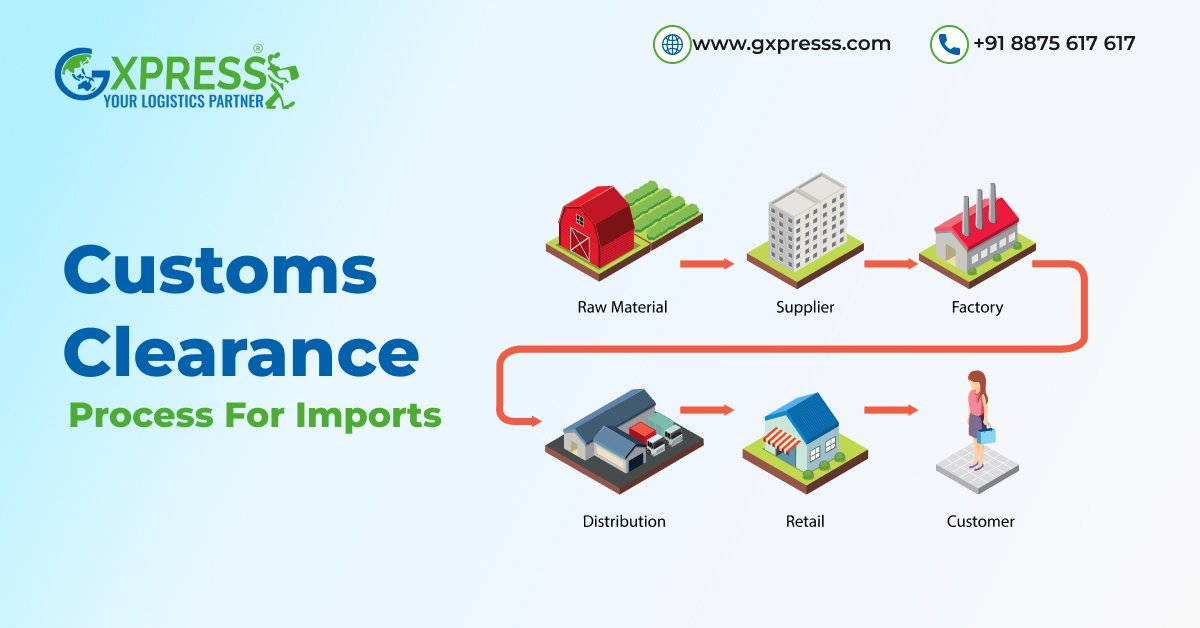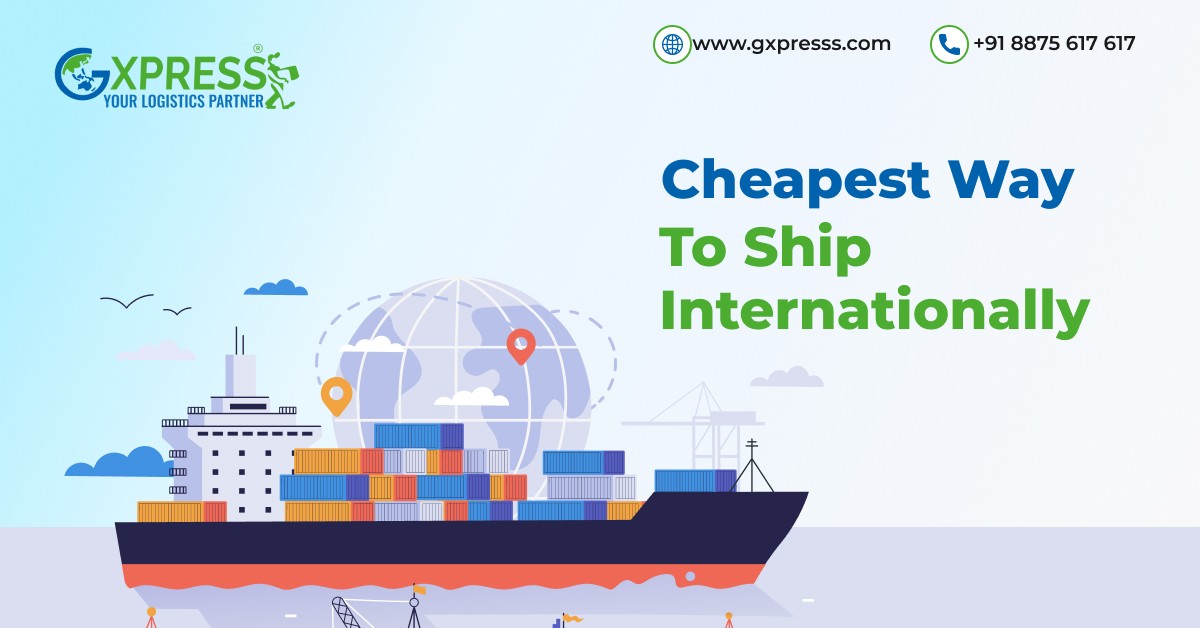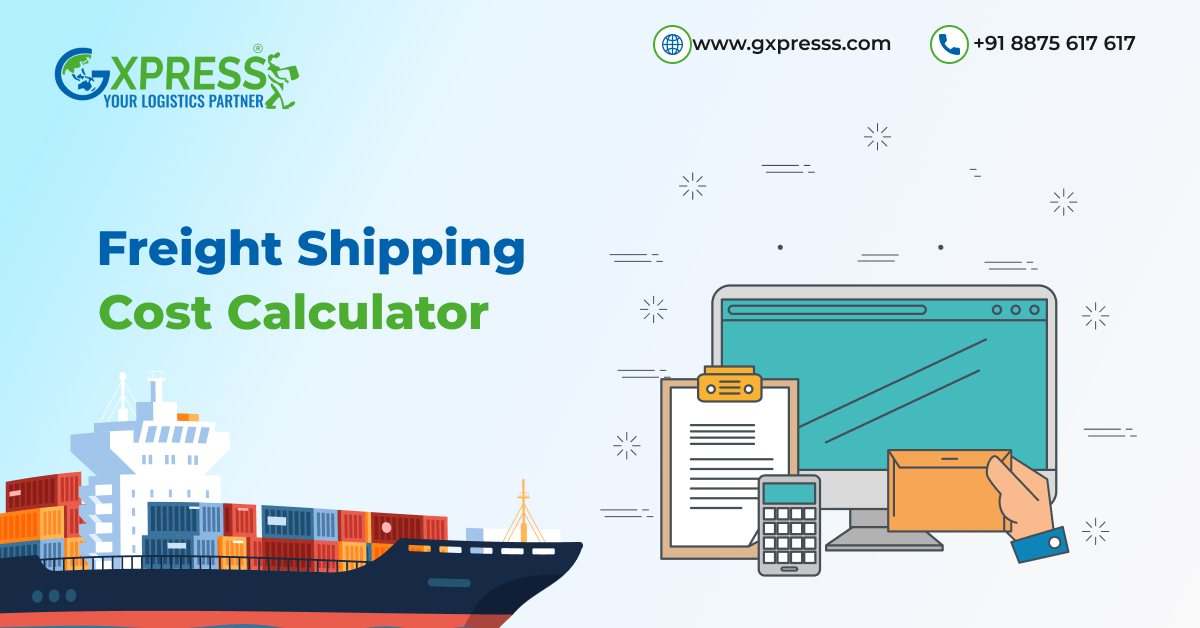July 17, 2025Freight8 min readBy Admin
Goods That Can Not Be Consolidated in Air Freight
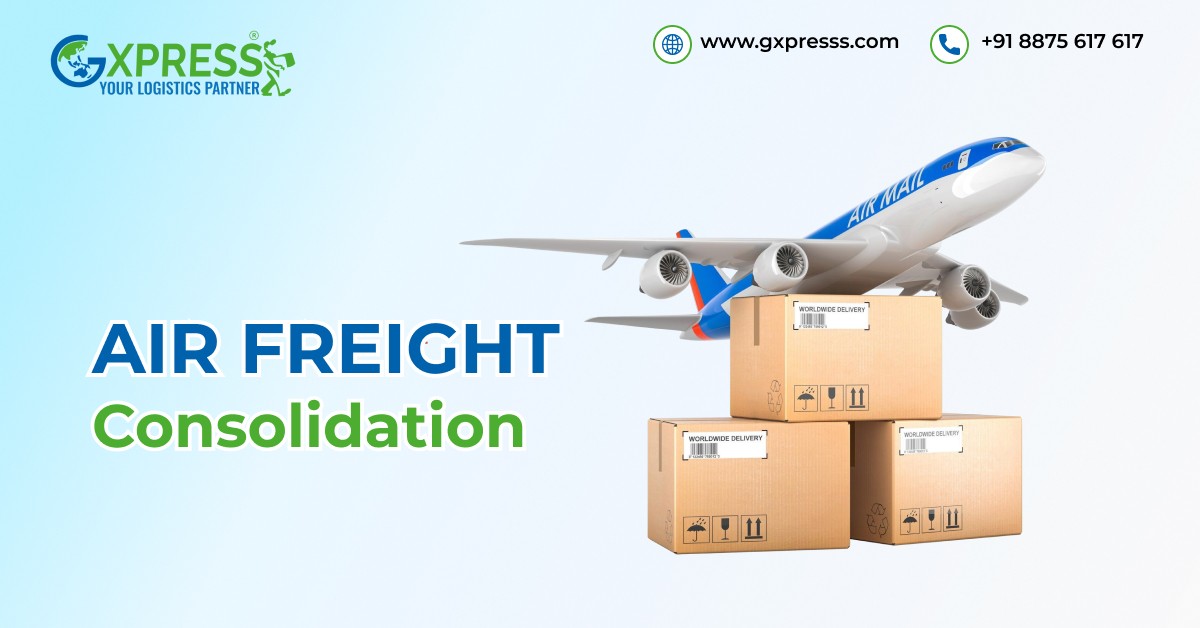
Can you picture how air freight works? Forklifts zip past, tall stacks of boxes sit by the weigh machine, and workers shout places over the loud noise. In this neat mess, the pack your firm sent, maybe to your top buyer, is there, ready to fly.
But what if you found out that your items can't go with the rest? That means more cost and more work to sort out. Knowing what can't be piled up in a plane may stop you from being late, going over budget, and making tough calls to customers.
In this blog, we’ll explore what air freight and consolidation actually mean, which goods qualify, which don’t, and how smart businesses use consolidation to thrive.
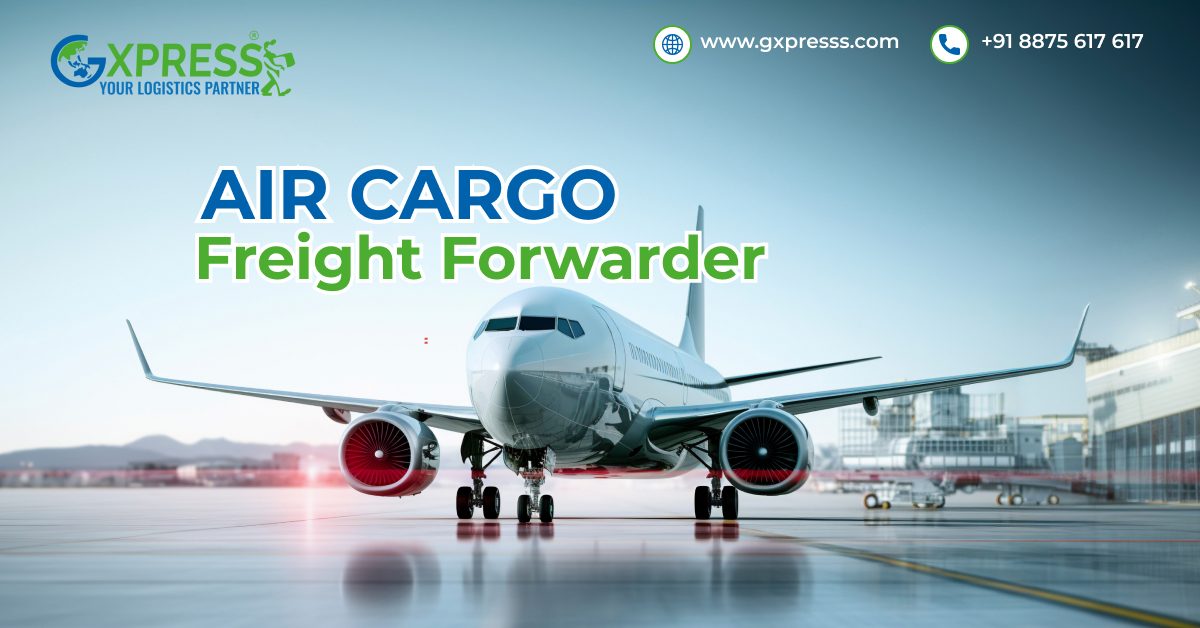
What is Air Freight?
Air freight is sending goods by plane. When speed is key, like quick car parts for a factory, holiday clothes that must be in stores soon, or important medical supplies, air freight is the best pick. Businesses pay more to send goods by air. Over the sea or road, air freight is so much quicker, making sure items get to places in days, not weeks. A small clothes shop once told how air shipping got them ready for the wedding rush. Their fancy dresses, late from being made, were sent by plane from Delhi to Dubai, making it just in time for waiting brides. This is the special thing air freight can do.What is Air Freight Consolidation?
Now, air freight isn’t always about entire aircraft loads. Often, multiple shipments from different businesses share space on the same flight. This is called air freight consolidation. Look at it as getting one spot on a bus, not paying for the whole bus. Freight movers or shipping pals grab goods from many folks, pack them as one, and ship them as a group. This dramatically reduces costs because the load is shared. For small to mid-size firms, this is a big help. They don't waste money on empty space; they just pay for what they use. A nearby craft seller in Jaipur, for example, often ships small sets of painted trays to London shops. By choosing to send goods together in the air, they keep prices low but still send stuff fast.Which Goods Are Allowed in Freight Consolidation Services?
Most general commercial goods can travel via consolidated air freight, such as:- Clothes & wear: Great for brands showing new sets with the seasons.
- Tech & tools: Computers, flat tech, and extra bits from makers going worldwide.
- Machine bits: Key to keeping plants abroad working.
- Pharmaceuticals (standard): As long as they aren’t temperature-sensitive beyond usual cabin conditions.
- Boxed items for sale: From hand-made candles to things for cooking.
Which Goods Count as Non-Consolidated Air Cargo?
Now comes the crucial part. Certain goods can’t be consolidated because they pose risks, demand special handling, or need regulatory compliance. Here are the primary categories:1. Dangerous Goods (DG)
These include items classified under IATA’s Dangerous Goods Regulations. Examples:- Flammable liquids like certain paints or perfumes.
- Industrial chemicals.
- Lithium batteries beyond allowable watt-hour limits.
2. Temperature-Controlled Pharmaceuticals
Vaccines, biologics, or specialty medicines requiring precise cold chain environments can’t usually be consolidated. They need dedicated reefer units or specialized pharma air freight services.3. Live Animals & Perishables
Fresh flowers, seafood, exotic pets, or hatchlings all demand unique temperature and oxygen environments. Consolidation could compromise their integrity or cause distress.4. High-Value Cargo
Think diamonds, luxury watches, or original artworks. Insurers and airlines typically separate such shipments to minimize risk.5. Oversized or Odd-Dimension Cargo
Massive turbines, industrial printing machines, or sculptures that need unique crate shapes often exceed the standard pallet dimensions used in consolidation.6. Restricted & Regulated Items
Arms, ammunition, or items under strict export controls fall into this bracket. They can’t be casually loaded with everyday commercial shipments. A Kolkata-based contemporary art gallery once tried consolidating an installation piece worth lakhs with routine garments. The freight forwarder politely declined—art insurance rules required the piece to fly solo.
How Freight Consolidation Services Are Helpful for Businesses?
Now that we’ve cleared what doesn’t qualify, let’s remember why businesses love consolidation so much.1. Cost Savings
Instead of paying for an entire cargo hold, businesses pay for only the space they occupy. A startup exporting leather wallets to Singapore can stay competitive even on small volumes.2. Optimized Scheduling
Forwarders pool shipments bound for the same destination, creating frequent flights. This means even small businesses can benefit from regular air freight departures.3. Less Hassle with Paperwork
When consolidating, much of the documentation—like master air waybills and customs pre-clearance—is streamlined by the forwarder.4. Reduced Carbon Footprint
Better utilization of cargo space means fewer flights overall, lowering emissions. For brands with sustainability commitments, this is a hidden win.Your Air Freight Consolidation Guide (Helpful Tips)
So how do you make the most of consolidation and avoid surprises? Here’s a quick business-friendly guide:1. Always Disclose Cargo Nature Upfront
Be clear about your shipment. Is it battery-powered? Fragile glass? The more transparent you are, the easier it is for your logistics partner to plan. Mis-declaring goods can lead to hefty fines or shipment delays.2. Pack Smart and Label Clearly
Consolidated air freight depends on efficient stacking. Use sturdy cartons, proper cushioning, and clear labels. Include both shipper and consignee details.3. Plan for Slightly Longer Timelines
Because consolidation depends on combining multiple shipments, there might be minor delays as forwarders wait to fill a container or pallet. If it’s truly urgent (say a fashion show deadline), ask about direct air freight instead.4. Work with an Experienced Freight Partner
They’ll not only keep you compliant but can also guide you on whether your goods qualify for consolidation or need dedicated flights. A good partner acts like an extension of your team.5. Stay Updated on Regulations
IATA rules change, lithium battery restrictions evolve, and countries tighten import/export laws. Staying informed saves last-minute headaches.Conclusion
Going through air freight, more so the part about putting things together, feels like cracking a huge puzzle. But knowing what items can and cannot be put together gives you a key win. Think about standing on the ground, watching your cargo mix with others in a big plane, all set to fly over land. This is the win of clever shipping, getting your items to buyers fast, safe, and with no extra costs. Also, know this: your shipping friend is more than a mover. They are your look and listen in the world of far trade. So, keep them near, talk, and make sure your business doesn't just send, but really flies high.Frequently Asked Questions
Q1. What does air freight consolidation mean?
This is when many businesses put their shipments together in one air cargo load. Each shipper pays only for their part of the plane space, not the whole thing. This makes it a cheaper way to send goods by air.Q2. What are restricted air freight items?
These are items that have rules or bans for air shipping. Often, these items are guns, bullets, some chemicals, goods that spoil fast, or expensive art pieces. They need special care and can't be sent with regular group shipments.Q3. What are considered dangerous goods air shipping?
Dangerous goods are items that might harm health, safety, property, or nature during air shipping. For example, liquids that can catch fire, some chemicals, gases under pressure, or too many lithium batteries. There are strict rules for these by IATA.Q4. What is an air freight consolidator?
This is a company or freight forwarder that picks up small shipments from many shippers, puts them together in one cargo, and takes care of the papers and shipping with one main air waybill. They help cut costs and make shipping simpler.Q5. What makes a good air cargo freight forwarder?
A good one knows a lot about global shipping rules, has clear costs, talks well, and works well with airlines. They should also find the best path for shipments, deal with customs easily, and give advice on group shipping or not.Q6. What are the advantages of air freight consolidation?
Grouping shipments cuts costs by sharing space, makes scheduling better with more flights, lessens paper costs, and is better for the earth by filling planes well. It's great for smaller businesses wanting to reach far without big shipping costs.Share this article:

